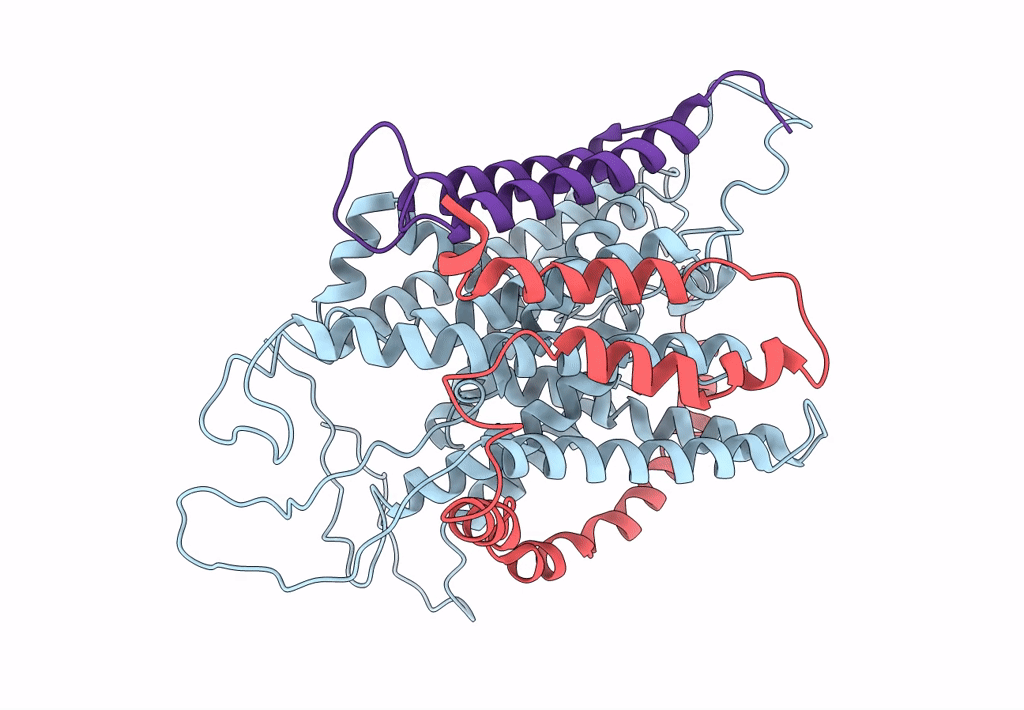
Deposition Date
2015-08-05
Release Date
2015-08-19
Last Version Date
2024-05-08
Entry Detail
PDB ID:
5ABB
Keywords:
Title:
Visualization of a polytopic membrane protein during SecY-mediated membrane insertion
Biological Source:
Source Organism:
ESCHERICHIA COLI (Taxon ID: 562)
Method Details:
Experimental Method:
Resolution:
8.00 Å
Aggregation State:
PARTICLE
Reconstruction Method:
SINGLE PARTICLE


